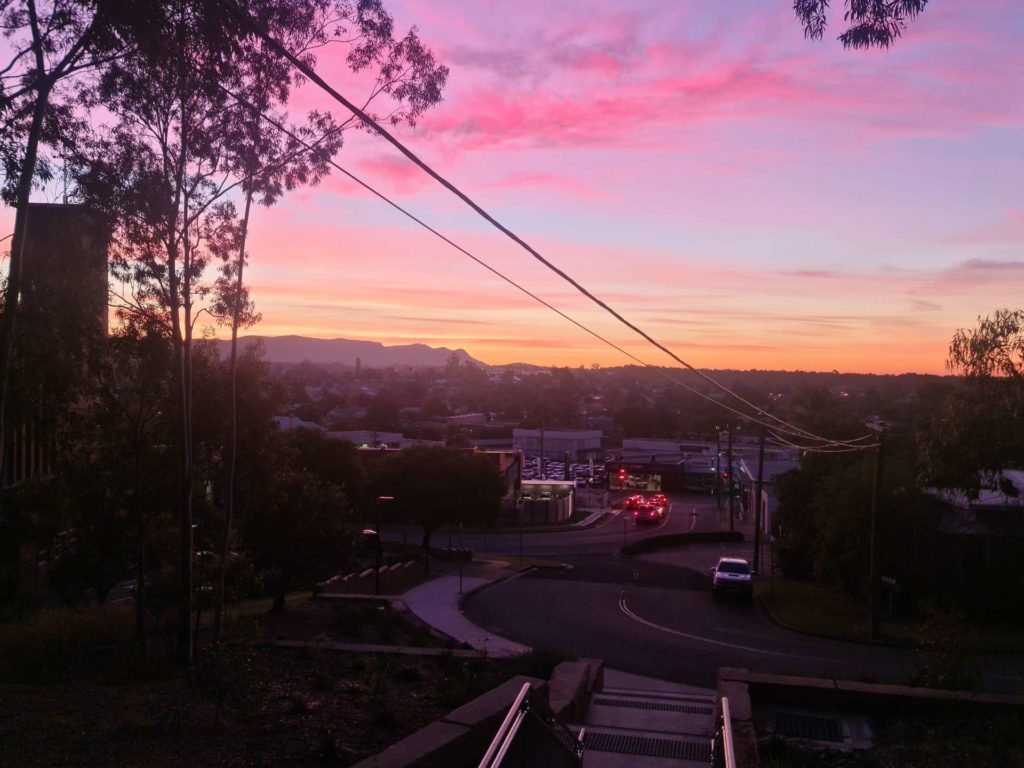onight I speak about the expansion of Cessnock jail. Previously it had an 800‑prisoner capacity; as of next year, it will be 1,800. It will be the largest single prison in Australia, and possibly the Southern Hemisphere. It is part of the Government’s $3.4 billion expansion of prison facilities across New South Wales. For the past 40 years the jail, with its 800 inmates, has been able to utilise local government and ratepayer roads to access the entry and exit of the prison. When the size of the prison is more than doubled, the amount of traffic going in and out will also double. That includes transport, deliveries, visitors, prisoner transport and general stores and supplies.
What is most concerning is that, when visitors approach the prison on those local community residential roads, once they enter the prison grounds they are liable to be searched—both person and vehicle. This means that just outside of the gates, activity that is not necessarily within the laws of our State sometimes occurs. That is concerning for people who live just outside of the gates because they sometimes see, are exposed to or are victims of crimes by people either on their way in to visit or on their way out after a visit. Those crimes involve drugs and stolen vehicles et cetera.
The prison is located approximately 300 metres as the crow flies from a State road. What is between the prison and that State road? It is actually NSW Health land. The facility used to be called the Allandale Aged Care Hospital facility. Part of that land is now the Calvary private aged care facility but three‑quarters of the land is essentially abandoned. The most direct route between the State road and the State prison facility is through the abandoned land of the old Allandale hospital site. There is an opportunity to build a direct gun-barrel road, which could be fenced on both sides, directly in and out of the prison facility. That would mean that the residents of Cessnock would no longer be exposed to the entry and exit of any vehicles or the conduct or behaviour of any people entering and exiting.
Without being too critical, sometimes when staff are running a bit late for their shifts, they sometimes drive a little over 50 kilometres per hour through some of those backstreets on their way in, or in their urgency to get home. It is not just about the criminal activity that happens outside the gates. We can build a better outcome. We can get a better result here in amongst the $3.4 billion being spent. That is what the community of Cessnock essentially wants. While the people of Cessnock did not necessarily want the jail’s expansion, to his credit the Minister has been open to the conversation about entry and exit. The Commissioner of Corrective Services NSW has been open and active in the conversation about entry to and exit from the prison facility.
The Director of Custodial Corrections North, Mr Glen Scholes, has been open to the conversation about entry to and exit from the prison. But, somehow, we have ended up with a situation where a plan is being put in place without any community consultation at all. That has been the most unfortunate thing. What has come to light as council and the local State member and the community have started talking to each other, as well as a community consultation committee that meets at the jail with prison staff and a delegation from Justice Infrastructure, is that we might all have been told slightly different things.
As recently as last week, I had the opportunity in this Chamber to have a brief conversation with the Minister about the fact that we need to get things back on track. I also had the opportunity to talk to Mr Scholes about getting things back on track. There can be a fantastic outcome here. We can get a better outcome for everyone, including security, visibility and monitoring people entering and exiting the prison. I hope that we can work towards that end because the community, the prison officers and the people who visit those in jail deserve that better outcome. I look forward to that conversation.
